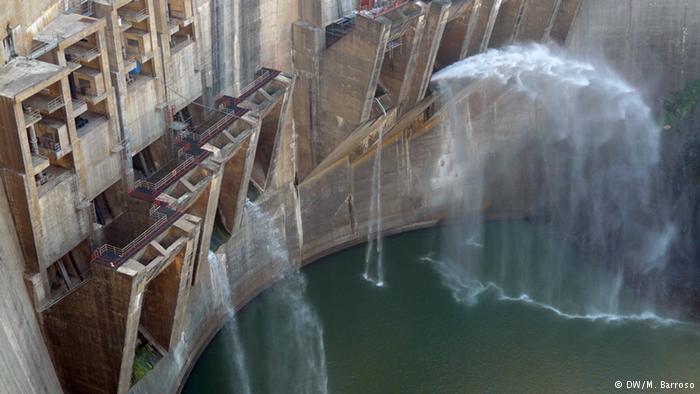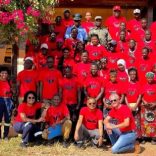Mozambique: President expects ExxonMobil final investment decision by July 2026
Mozambique’s Cahora Bassa forced to reduce production due to water shortage

File photo / Cahora Bassa
A shortage of water in the reservoir behind the Cahora Bassa dam on the Zambezi is obliging the dam operating company, HCB, to reduce the amount of power it generates.
HCB has five giant turbines, each of which can, in theory, produce 415 megawatts, giving the dam a maximum generating capacity of 2,075 megawatts.
But in December 2016, the height of the reservoir was 312 metres above sea level, the lowest it had been for the last 26 years. The level of the reservoir rose over the next three months, but not enough to make the HCB management feel comfortable about the situation.
Reported in Thursday’s issue of the Maputo daily “Noticias”, the HCB chairperson, Pedro Couto, announced that from June to December this year, HCB will switch off two of the five turbines.
“HCB will have to use only the amount of water that flows into the reservoir in the next few months”, said Couto. The three active turbines, he added, will produce about 1,200 megawatts.
The low level of the Cahora Bassa lake is the result of several years of poor rainfall, and particularly of the 2016 southern African drought.
The shortfall in the dam’s electricity generation in 2016 was about 2.8 per cent. HCB had planned to produce 17,163,499 megawatt-hours, but the final figure was only 16,688.600 megawatt hours.
HCB sold 8,828,118 megawatt-hours to its largest client, the South African electricity company, Eskom. 687,506 megawatt-hours were sold to Zimbabwe, and most of the rest was for Mozambique’s domestic consumption.












Leave a Reply
Be the First to Comment!
You must be logged in to post a comment.
You must be logged in to post a comment.